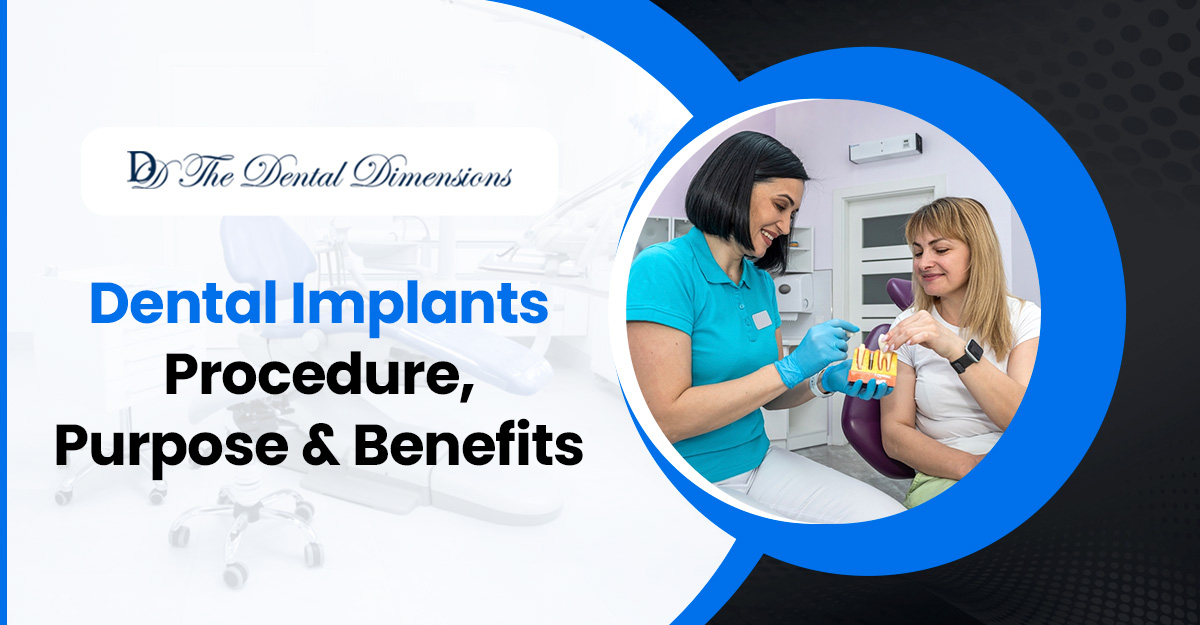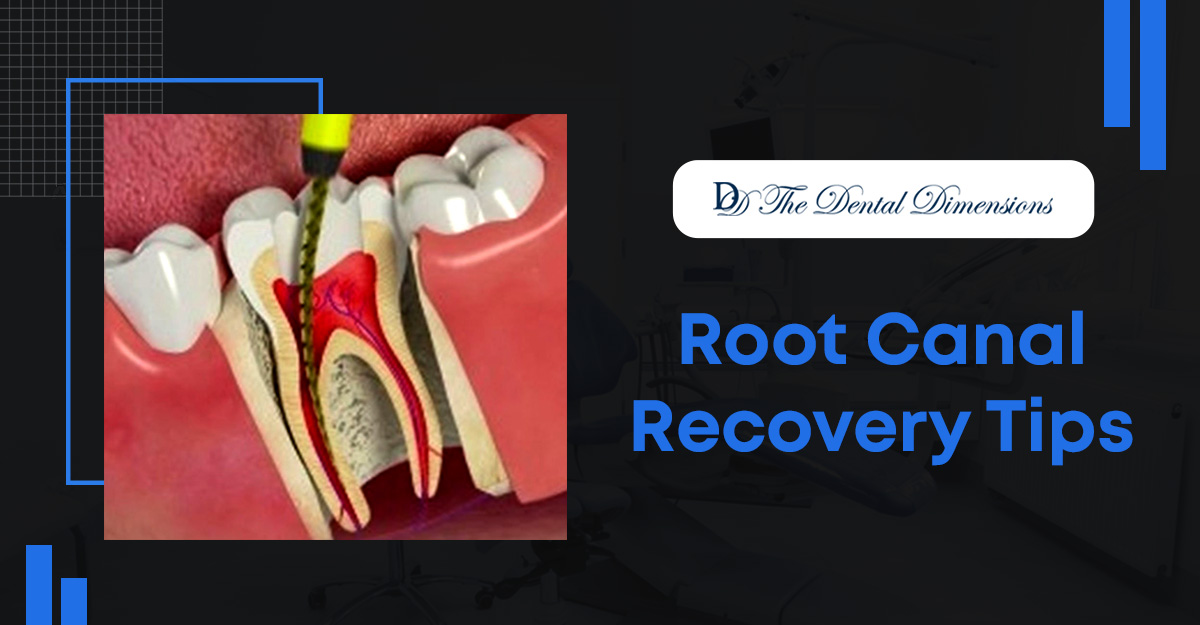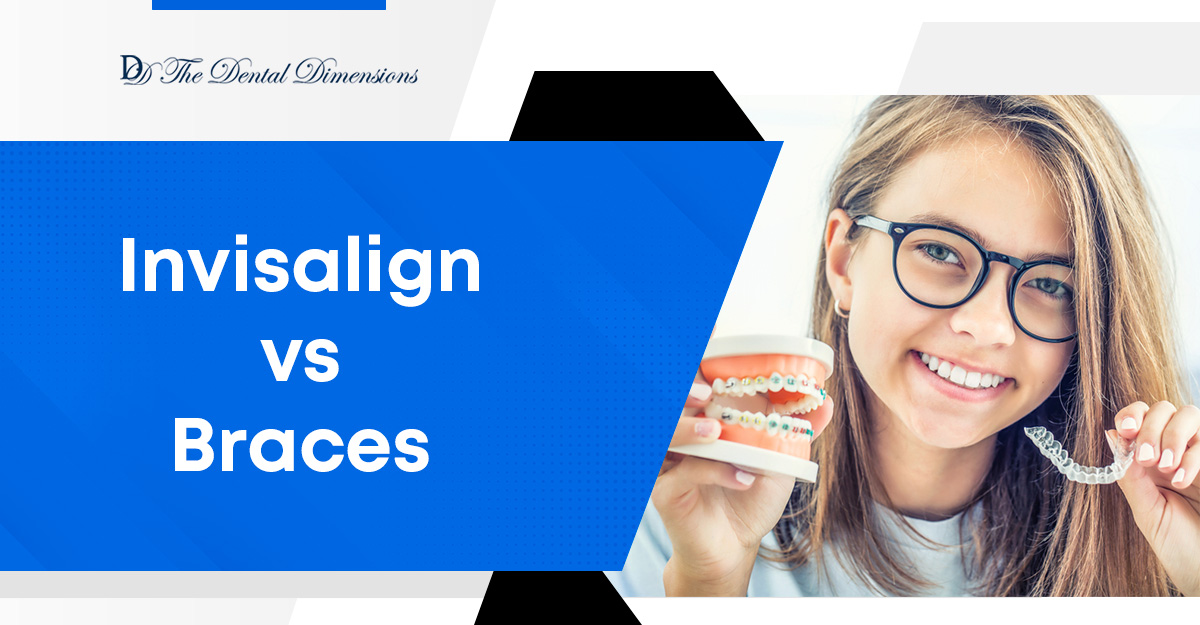Dental implants are a popular tooth replacement option for people with missing teeth. They are small, screw-like posts made of titanium that are surgically placed into the jawbone where the tooth root once was. The implant fuses with the jawbone over time, creating a strong foundation for a replacement tooth. A crown, bridge, or denture can then be attached to the implant to restore the function and appearance of the missing tooth.
Benefits of Dental Implants
Dental implants offer several advantages over traditional tooth replacement methods, such as dentures and bridges. Here are some of the key benefits of dental implants:
- Improved Appearance: Dental implants look and function like natural teeth. They are custom-made to match the size, shape, and color of your surrounding teeth, so they blend in seamlessly with your smile.
- Enhanced Speech: Dental implants are permanently anchored in the jawbone, so they won’t move around when you talk. This can significantly improve your ability to speak clearly and confidently.
- Better Chewing: Dental implants allow you to chew food more effectively.This is because they are implanted directly into the jawbone, which provides a strong foundation for chewing. Improved chewing can lead to better digestion and overall health.
- Increased Durability: Dental implants are made of titanium, a very strong and durable material. With proper care, they can last a lifetime.
- Improved Self-Confidence: Missing teeth can affect your self-confidence and make you feel self-conscious about your smile. Dental implants can restore your smile and help you feel better about yourself.
Dental Implant Procedure
The dental implant procedure is typically performed in two stages:
Stage 1: Implant Placement
- During the first stage, the dentist will surgically place the implant into the jawbone. This is usually done under local anesthesia or sedation.
- The dentist will make a small incision in the gum tissue and drill a hole into the jawbone. The implant is then inserted into the hole.
- The gum tissue will then be stitched closed over the implant.
- The implant will need to heal and integrate with the jawbone for several months before the next stage can be performed.
Stage 2: Abutment and Crown Placement
- Once the implant has healed, the dentist will place an abutment on the implant. The abutment is a small connector piece that attaches the implant to the replacement tooth.
- The dentist will then take an impression of your teeth to create a custom-made crown. The crown is the visible part of the tooth that sits on top of the implant.
- The crown is then attached to the abutment, completing the dental implant restoration.
Who is a Candidate for Dental Implants?
Dental implants are a good option for most healthy adults who have missing teeth. However, they are not suitable for everyone. To be a candidate for dental implants, you must have healthy gums and sufficient jawbone density. People with certain medical conditions may also not be good candidates for dental implants.
If you are considering dental implants, it is important to consult with a dentist to discuss your individual situation and determine if you are a good candidate.
Cost of Dental Implants
The cost of dental implants can vary depending on several factors, such as the number of implants needed, the location of the implants, and the dentist’s fees.
Conclusion
Dental implants are a safe and effective way to replace missing teeth. If you’re looking for a long-term solution to restore your smile and improve your oral health, dental implants are definitely worth considering.












